George Vincent
Advisor: Lisa Landrum
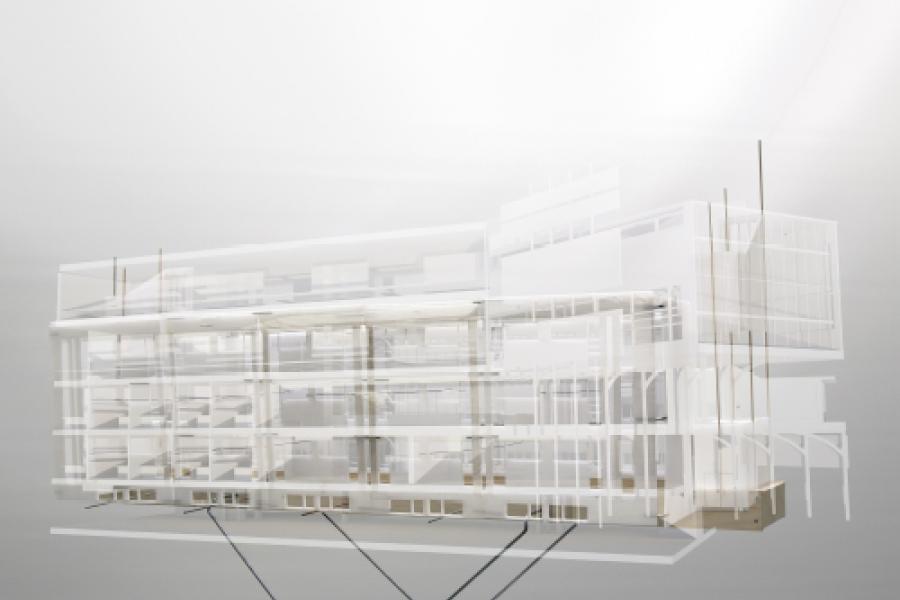

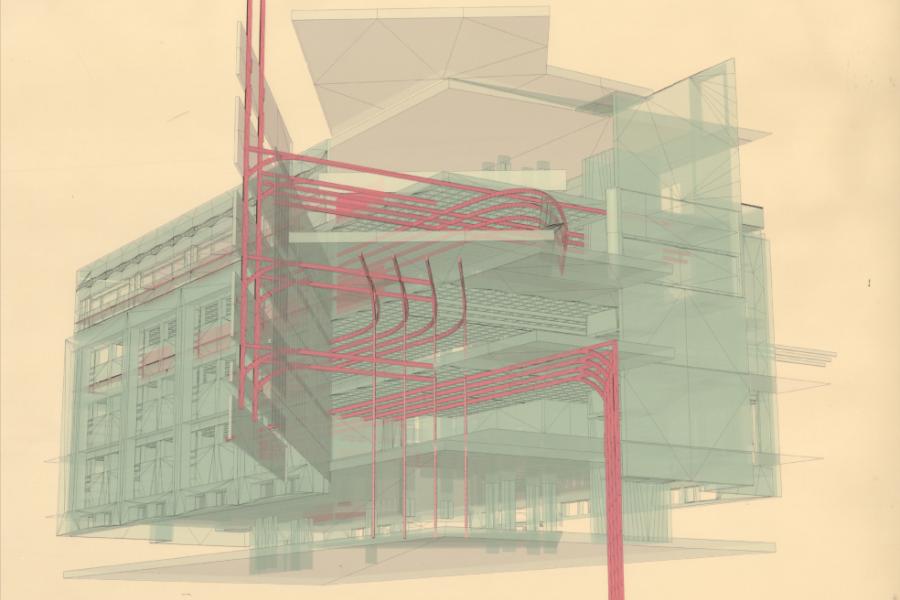
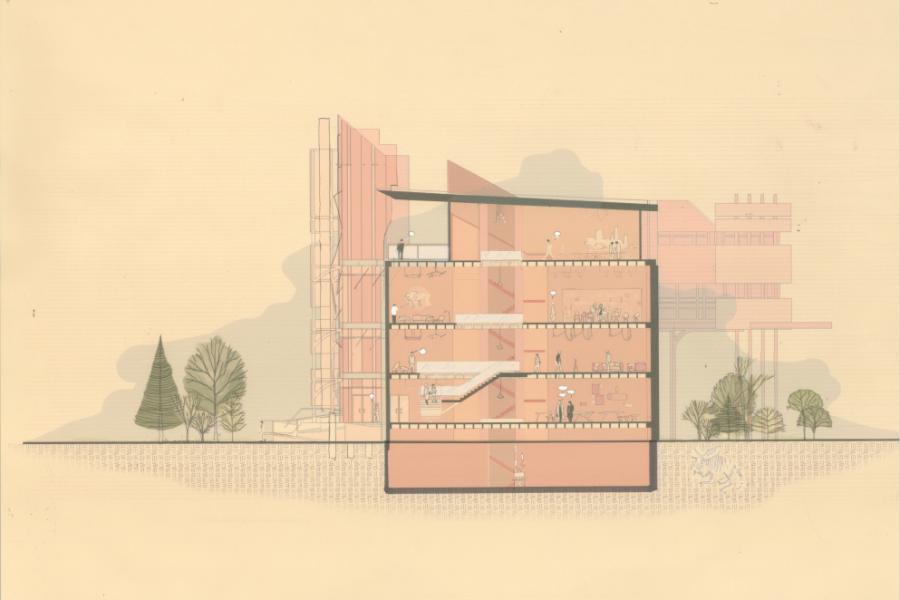
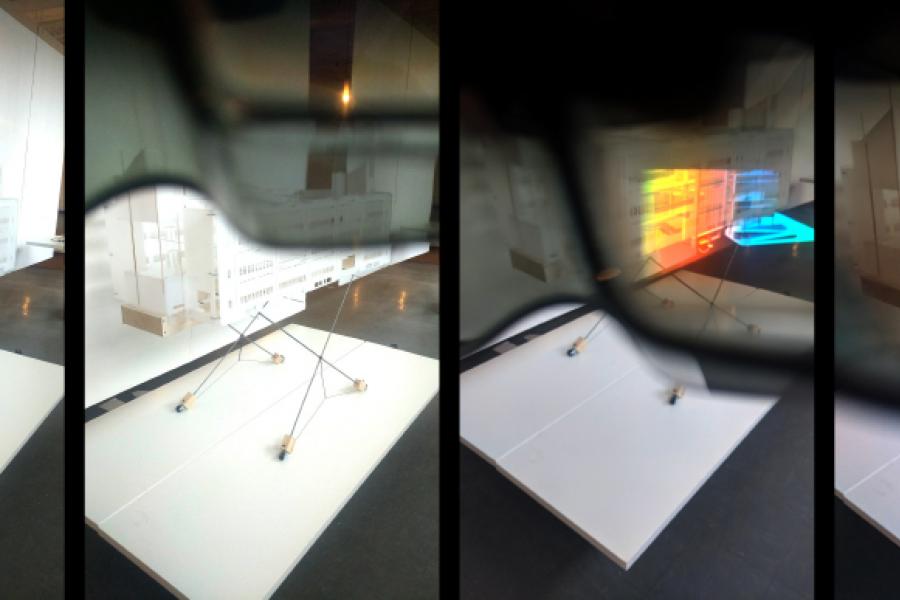
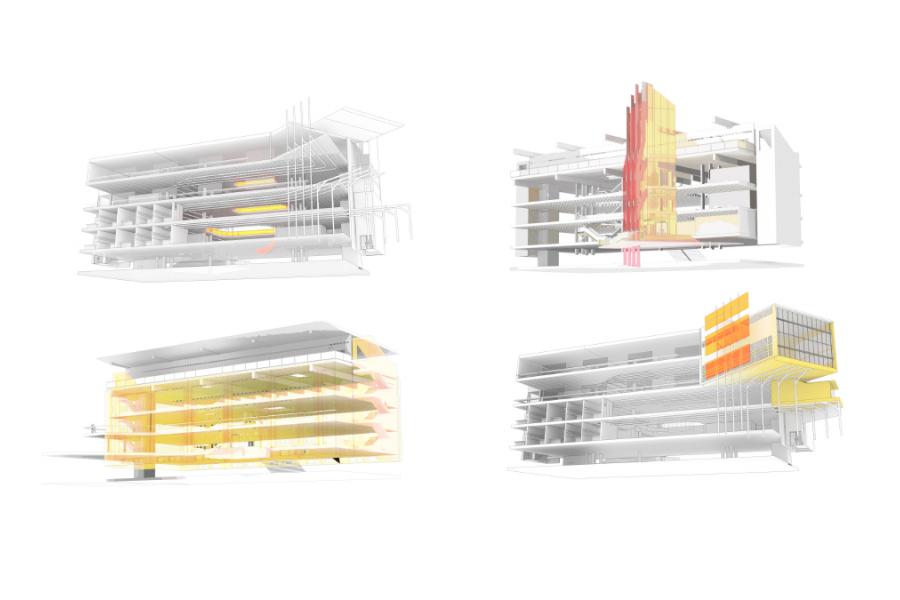
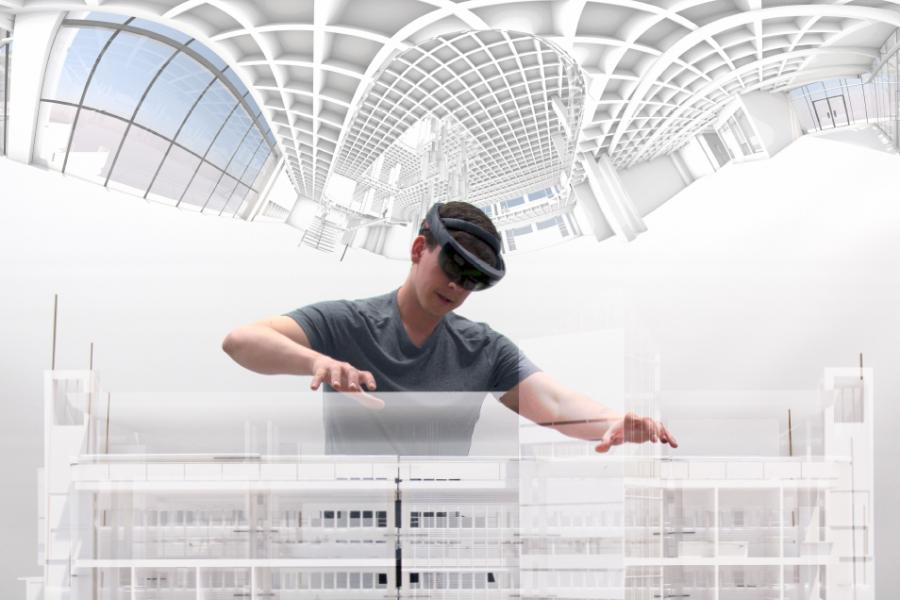
Render: World-Building as an Architectural Tool
As student designers, we often use narrative to develop imagined, metaphysical spaces, and embed our decisions within an unfolding story.
Like architects, creative writers are space makers. A writer builds an imaginary world through language, encouraging an imagined universe to grow in the mind of the reader. The writer relies on the reader to actively participate in world-making; much like an architect relies on the occupant to appropriate space through a living experience. A talented writer attempts to have the pages of the book disappear and allow the reader to be completely engulfed in the world laid out for them, much like the goal of an architect allowing their actions to disappear within their creation, having life and experience take over for an occupant.
With the advancements of digital tools in architecture, our precision in transmitting an idea from conception to visualization is far more comprehensible than ever before.
With the use of virtual/augmented reality to convey the visual experience of space and the advancements in robotics / 3D printers to take our digitally drawn information and produce a near perfect physical reproduction, the profession’s exactness is growing nearer to flawless. While the process of visualization used to be directed back to the maker for further conception it is now polished to a finished degree before the opportunity for greater interpretation.
This thesis explores the ways in which emerging technologies expand architectural imagination as well as how they may hinder. Of particular interest are interactive technologies – cinema, virtual reality and gaming – which intertwine fiction and reality; space, movement and narrative.
What are the ingredients to build a world?
The architectural investigation will take the form of a story, intertwining architectural narration and representation. The story will mediate fiction and reality. Taking personal experience as a point of departure, characters - sharing likeness to peers, colleagues and mentors - reflect on what it means to study architecture. Within school, we design with an amplification of desire and fictive Utopian possibility. We design for an imitated reality, a virtual reality, but most importantly a hopeful reality.
The storied architecture of this thesis is designed to sustain multiple narratives and characters taking on a life of its own it begins to build itself like a dream forming reason without critical conception.
